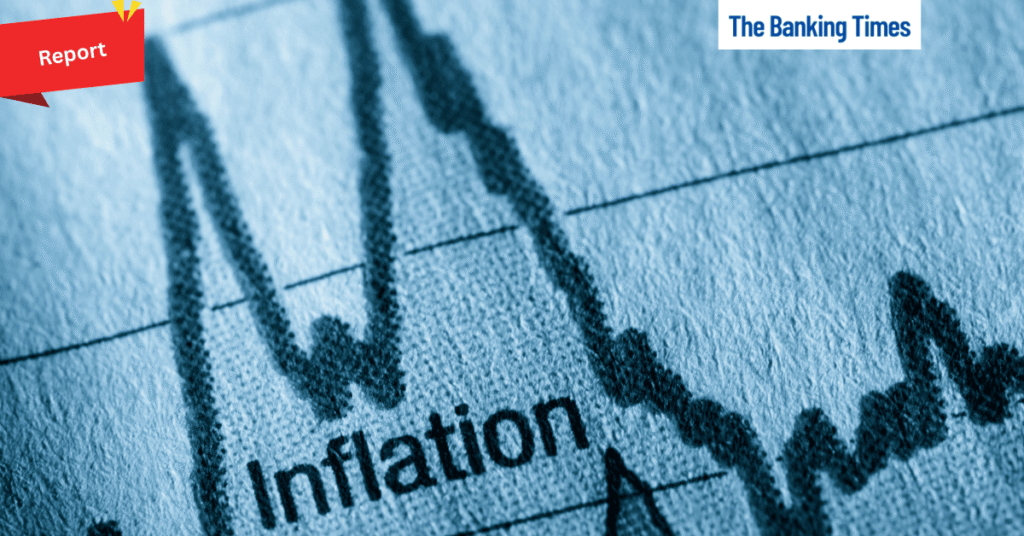Drop in Vegetable, Fuel, and Metal Prices Pushes India’s Wholesale Inflation into Negative Zone
The Wholesale Price Index (WPI) inflation in India dropped to -0.13% in June 2025, marking a significant shift as prices of food articles, fuel, and basic metals saw a considerable decline. This contrasts with the 0.39% rate in May 2025 and 0.85% in April 2025, as per data released by the Ministry of Commerce & Industry on July 14.
The fall in WPI indicates softening of inflationary pressures at the wholesale level, driven largely by the decline in prices of vegetables, crude petroleum, electricity, and key manufactured goods.
Headline WPI & Key Figures – June 2025:
Key Drivers Behind Negative Inflation
Food Articles:
Prices of vegetables dropped sharply by -22.65% YoY.
Onion prices saw a steep fall of -33.49%, while potato prices fell -32.67%.
Pulses also witnessed deflation of -14.09%.
Fuel & Power:
Overall category dropped -2.65%.
Electricity prices declined by -9.10%.
Petrol and diesel (HSD) prices fell -6.57% and -5.12%, respectively.
Manufactured Products:
Inflation remained positive at 1.97%.
Sectors like pharmaceuticals, electronics, machinery, and transport equipment saw a price rise.
However, basic metals and rubber/plastics registered a decline.
Month-on-Month Trends:
WPI declined by 0.19% in June 2025 compared to May.
Fuel & Power showed the sharpest MoM fall of -2.52%.
Primary Articles were up 0.81% MoM due to seasonal rise in food and mineral prices.
Sectoral Insights:
Agriculture & Food:
Despite seasonal rise in prices (MoM), food inflation dropped YoY due to last year’s high base and current oversupply in vegetables.
Energy:
Falling global crude prices and lower electricity demand influenced domestic fuel deflation.
Manufacturing:
Prices of items like textiles, tobacco, metals, and rubber declined, while medical goods and electronics rose modestly.
Final WPI for April 2025:
The final WPI inflation for April 2025 stands at 0.85%, based on a 96.2% response rate, while June’s provisional figures are based on an 86.7% response rate.
Conclusion:
The dip in WPI inflation to negative territory signals reduced cost pressures in the supply chain, offering some relief for businesses and policymakers. However, persistent volatility in key commodities like vegetables and crude oil suggests the need for close monitoring in the coming months.








